Hyundai Sonata review and buyer’s guide
If you’re shopping for an exciting medium-size sedan but need practicality, affordability and reliability rolled into an efficient, compact vehicle, the Hyundai Sonata is excellent value… and goes like stink.
The Hyundai Sonata is a performance-focussed five-door sedan that has a punchy turbo-petrol engine, a big boot and lots of legroom. If you miss the days of daily transport that’s exciting to drive and pulls its weight, Sonata is singing to you.
If you’re not quite ready for a medium SUV in spite of their immense popularity, the Sonata offers the same five-seat layout as any medium SUV, but its enormous boot will rival most of them for outright cargo space.
Best of all, Sonata is light, fast and extremely good value, especially against its notionally more premium European rivals. Let’s figure out if an old-school midsize hot sedan still has what it takes to win in the modern world, because you’re likely to also consider the Toyota Camry, Mazda 6 or maybe the BMW 3 Series sedans. Click here for recommended conventional cars >>
Initially you might recognise the Sonata name, but you might not recognise what it represents today. Hyundai Australia launched the latest generation Sonata a few years ago exclusively as a performance-inspired 'N Line' sports sedan. Does that mean it is no longer a humble family car?
Now with a facelift, the latest model presents more attitude than ever before, so, in some ways, it might deter some buyers who just want a plain-Jane sedan. However, sitting in the most conservative vehicle segment there is, the new Sonata N Line sure does stand out as a dynamic and interesting package.
It looks fast even when it’s sitting still.
Features & Pricing
The 2024 Hyundai Sonata N Line enters the stage with a fresh outlook, showcasing a futuristic aesthetic and pioneering technology. Across the dash you’ll find two 12.3-inch digital screens on one seamless panel, which is perfectly on trend at the moment, and the software that runs it all has been updated to offer over-the-air (OTA) updates, and brings in Hyundai’s Bluelink connected car functionality.
Bluelink can automatically call emergency services in the event of an accident, find your car with augmented reality guidance, perform remote vehicle checks including locking/unlocking, and even provide real-time feeds from the surround-view cameras. This is all done from your smartphone, remotely. And with OTA, there is the possibility that more services could be added in the future.
Priced from $55,500 (MLP), it is a relatively pricey option against the likes of the Toyota Camry and Mazda6 rivals. But since Hyundai Australia offers only one, top-tier N Line variant, the cost is somewhat justified if you weigh it up against the flagship-spec competitors.
Engine
Sticking with the 2.5 T-GDi turbo powertrain, delivering an impressive 213kW and 422Nm, the Sonata N Line remains as one of the most powerful options in this specific class. It is the most powerful if you exclude the fully electric BYD Seal.
Does power really matter? Well, in a sporty-looking package like this it can seem more consistent to have some level of performance edge over the rivals. And this does. It’s a unique engine configuration, too; large-capacity four-cylinder with turbocharging. It is interesting and it could attract buyers on that merit alone.
Fuel economy is rated at 8.1L/100km – the same as the pre-facelift. With its 60L fuel tank filled the on-paper numbers suggest a theoretical average range of 741km. That’s decent for the performance level, although real-world experiences are likely to be a bit lower than that number. Out on the highway is where it performs best, offering an official consumption of just 5.8L/100km and a theoretical range of 1034km.
Transmission
The Sonata N Line was one of the first Hyundai-Kia products to use the company’s new eight-speed dual-clutch auto transmission (DCT). This uses what’s known as a wet-clutch system, whereby the clutch pack sits in a bath of fluid, helping to optimise temperature management and provide quicker and smoother shifts.
Eight ratios help to divide up the engine’s power and torque, so it can either use lower gears for maximum torque and acceleration, or higher gears to maintain cruising comfort. And then the availability of multiple mid-range gears means it never bogs down low in revs or sits too high. This transmission offers a superb balance.
Driving
Behind the wheel, the 2024 Sonata N Line captivates and entertains the driver with its broad dynamic reach. The chassis tuning, tested in Australian conditions, strikes a delicate balance between agility and comfort, offering stable and predictable handling without compromising ride quality.
From spirited sprints to relaxed cruising or commuting, the Sonata N Line can adapt to almost every driving scenario with finesse. And it can make every journey enjoyable.
Obviously it doesn’t have the absolute all-weather confidence of the AWD competitors (VW Passat R-Line and BYD Seal), and under full power in difficult conditions the front axle could benefit from a limited-slip differential. But then again, this isn’t an N model; it is inspired by one.
I'll help you save thousands on a new sedan here
Just fill in this form. No more car dealership rip-offs. Greater transparency. Less stress.
Interior
Inside, you’ll find a driver-centric cockpit that embodies sophistication and functionality. It is still quite a large sedan, offering heaps of room in the front and back. Being a sporty sedan though means you do need to crouch down to get in and out. This will be especially noticeable if you’ve been cross-shopping between SUVs and crossovers.
Most of the trim and upholstery feels good, with suede and Nappa leather helping to lift the ambience to almost luxury car levels. The latest model switches to a more ergonomic (and nicer-looking) three-spoke steering wheel, replacing the ugly four-spoke design.
As with most Hyundai models, the driving position is highly adjustable so it’s easy to find a natural setting. Unlike SUVs where you feel like you’re sitting on top of the vehicle like a tractor, Sonata feels like you’ve slid neatly into it and are connected directly to it. You’re absolutely in a cockpit.
Down on the console the interior team have grafted in a shift-by-wire system, which essentially means you use buttons to select gears rather than a sticky-uppy shifter. The idea behind this is to open up the storage space and to increase the perception of space. It works; the cabin feels open and airy.
That conventional sedan boot will hold 480 litres of strollers, sports bags, weekly grocery shopping and the rest. There are three top tether child restraint anchor points in the parcel shelf, with two pairs of outboard ISOFix compatible anchor points in the lower back seat fold.
Just for comparison, a Subaru Forester has among the biggest luggage space of the mainstream medium SUVs and can only manage 498 litres. The Mazda CX-9 is one of the most popular vehicles in Australia, yet can only take 438 litres.
What’s nice about Sonata (as well as the i30 sedan) is that Hyundai has designed the moulded carpet lining to shroud the bootlid hinge, which stops you packing stuff within its trajectory to get crushed when you close it. They didn’t have to do that.
Under the boot floor is a space-saver temporary spare wheel, which is better than a mobility kit with a bottle of goo.
Drawbacks
While the Sonata N Line excels in various aspects, it's not without its flaws. One area of concern is the pricing and the single-variant sales strategy. It is automatically positioned at the premium end of the segment. This could turn away some buyers.
Additionally, while the exterior design is ultra-modern and eye-catching, it isn't going to appeal to traditionalists who prefer a more conservative approach. Also, some drivers may find the DCT's behaviour in stop-and-go traffic less refined compared with traditional automatic transmissions.
This is not a fault of the Hyundai DCT, in fact their transmissions have been quite robust. But it does make commuter traffic a more serious task when you have to come to a complete stop with the DCT and only proceed forward when you actually have space. Inching forward in a DCT is going to prematurely wear out the clutch because it’s constantly in use when you creep forward. So don’t do that and you’ll be fine.
It might’ve been nice of Hyundai to offer Sonata in at least two variants, the mundane version to compete with boring old Camry and the sexy Mazda 6, and the N-Line to face off against the German brands.
Also, being front-wheel drive isn’t strictly a bad thing (in fact it’s uncanny in the dry). It just means in the wet, a WRX with its grippy all-wheel drive is going to punish the Sonata’s driveline.
Main Competitors
The Sonata competes in the ‘Medium under $60,000’ category in Australia, according to VFACTS. Despite the fact SUVs and utes are dominating the sales charts, this segment actually experienced a 12.9 per cent increase in new vehicle registrations in 2023 – higher than the overall industry’s upturn of 12.5 per cent. This was largely driven by the Toyota Camry, of which sales were up 10.9 per cent.
With the Camry being so popular, holding a 69.9 per cent market share, it is very difficult for any others to capture the attention of buyers. But other than that, its main rivals are the Skoda Octavia RS, VW Passat R-Line, and the new BYD Seal performance variant to some degree - although Hyundai murders BYD on build quality, it must be said. And reliability is certainly a force stronger in anything Hyundai these days than in anything associated with Volkswagen.
You certainly won’t enjoy the same aftersales customer support with Volkswagen or Skoda as you do with Hyundai, which enjoys the best reputation for actually looking after you if you have a genuine problem. Volkswagen will, odds-on, try to find a way to make you pay for warranty repairs, but only after they flat-out deny their obligations to help you, even under Australian Consumer Law requirements.
Especially on performance criteria, Hyundai’s ‘N division’ has proven itself more than just capable of making a car go fast, but also be fairly bulletproof in terms of reliability, robustness and enduring wear and tear that comes from more spirited driving.
On the subject of spirited driving, you might also consider the Subaru WRX in this company given its decent boot 411 litres vs 480 in Sonata). WRX is a five door and five-seat layout (with a Sportwagon option), and its honking 2.4-litre turbocharge Boxer engine will absolutely give the Sonata a run. It’s also in the $50-60K price range.
In any kind of wet weather, the WRX is going to embarrass a Sonata. Surprisingly, despite having the beefier drivetrain, the WRX with its also kind of heavy adaptive dampers, is the lighter vehicle. Sonata N-Line weighs 1638kg to the Rexy’s 1585kg - that’s 3 per cent heavier, in which the 213kW at 5800RPM will be working to move. The Subaru is down 11kW, but has the driveline to maintain dynamic stability in the corners.
But having said that, Hyundai has spent the last 8 years turning the N Division into something of a Skunkworks for unexpectedly fast front-wheel drive cars. But of course, we’ll have to wait for a proper Sonata N - because this is not that. It’s an ‘N-Line’, so the WRX tS will outgun it thanks to better traction despite being neck and neck on power-to-weight and the security of AWD in the wet. A top-spec WRX tS is $2000 less.
Conclusion
The 2024 Hyundai Sonata N Line is a respectable and reliable yet intriguing mid-size sedan. It showcases innovation and good cabin practicality and quality, but it blends in plenty of character and personality thanks to the N Line treatment.
Sonata N-Line will go as hard as a Subaru WRX, but is arguably more modern looking and certainly will turn heads, and they’re a dead heat on price and power.
Its biggest problem is the Camry. And even if it can get past that, it also has a tsunami of SUVs and utes to contend with. As a stand-alone product though, the latest model is a well-engineered, spacious, intelligent, and excitingly fast proposition that is worth considering. Especially if you still have hope for suave sedans.







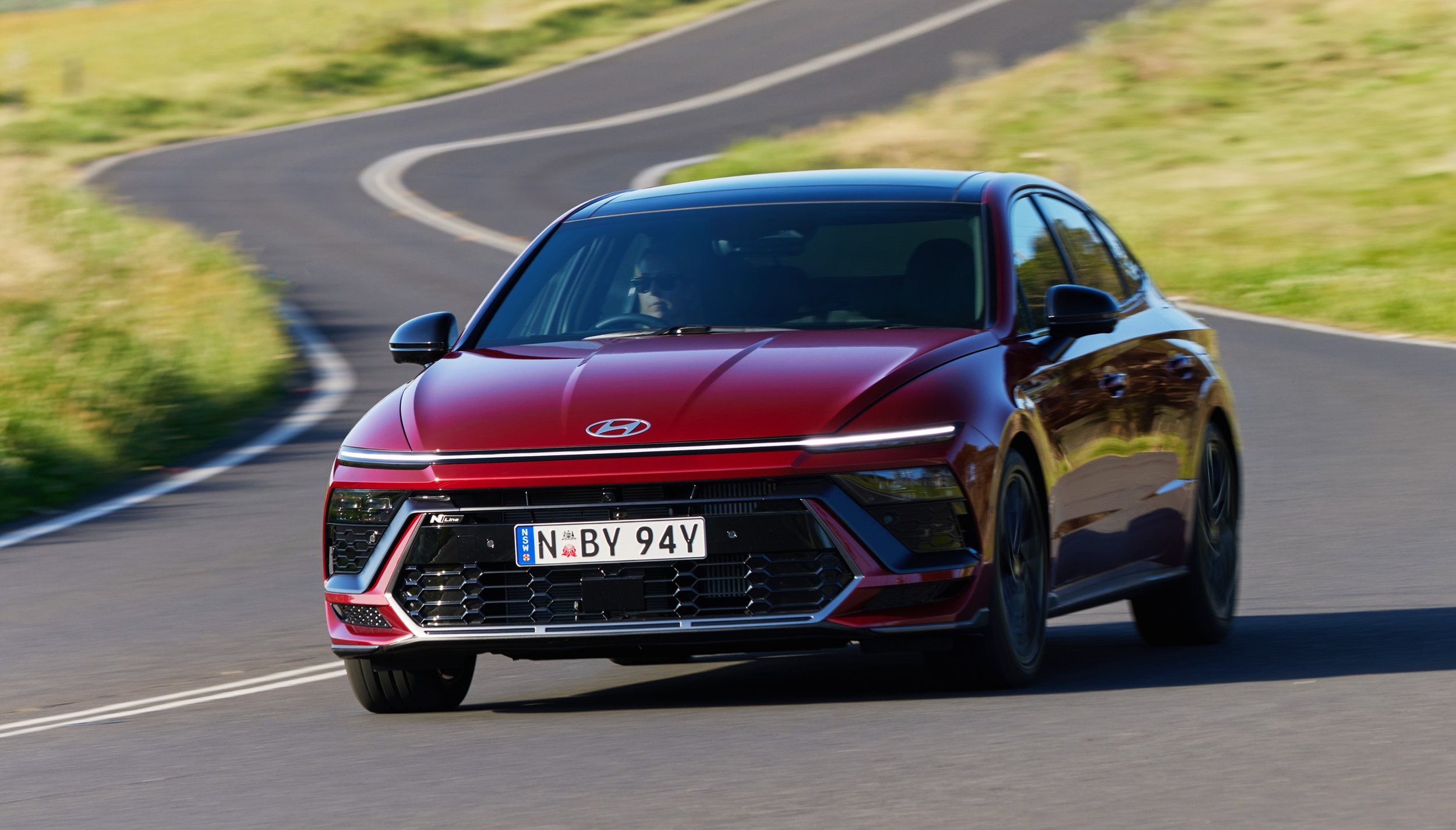
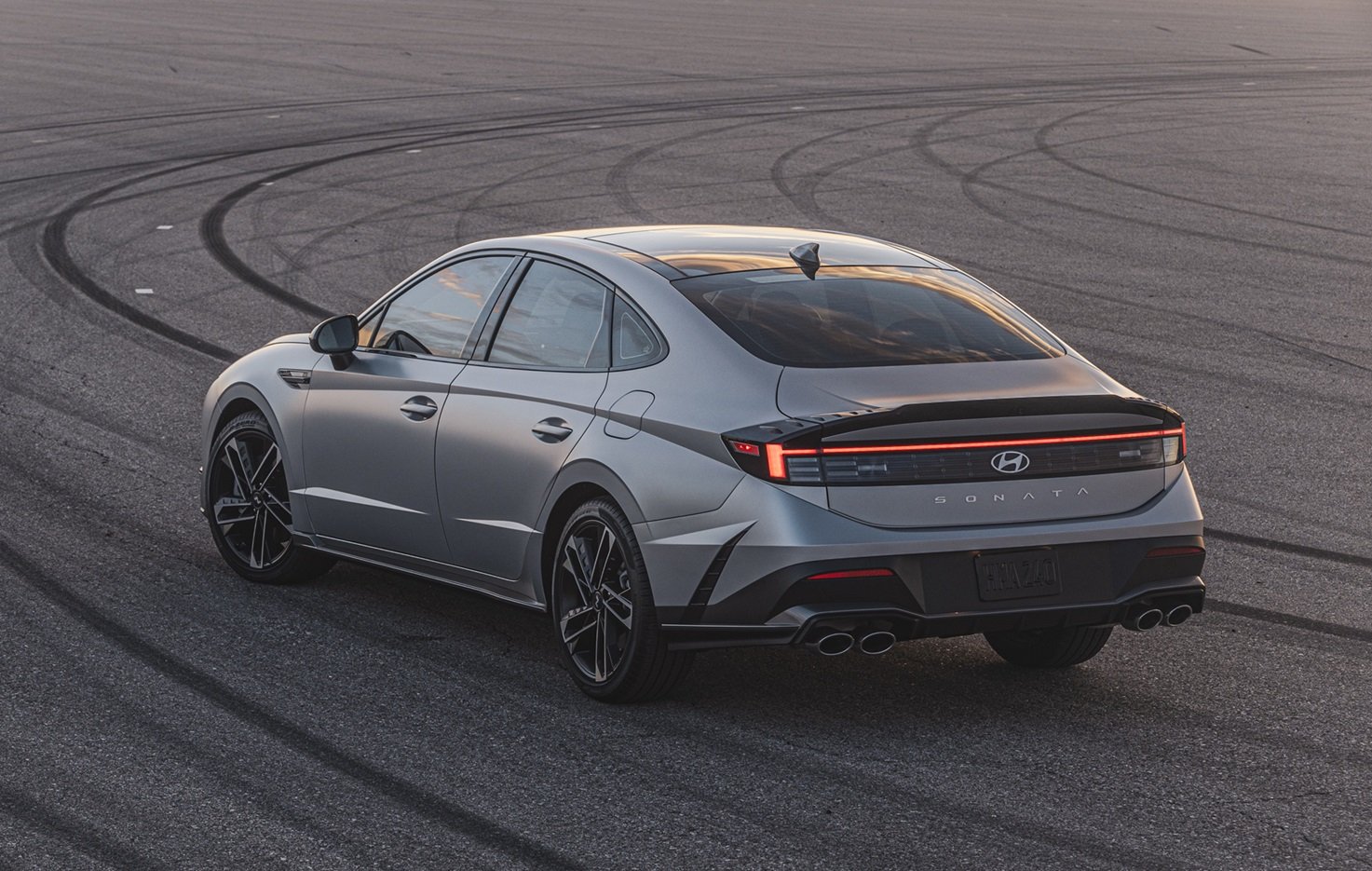
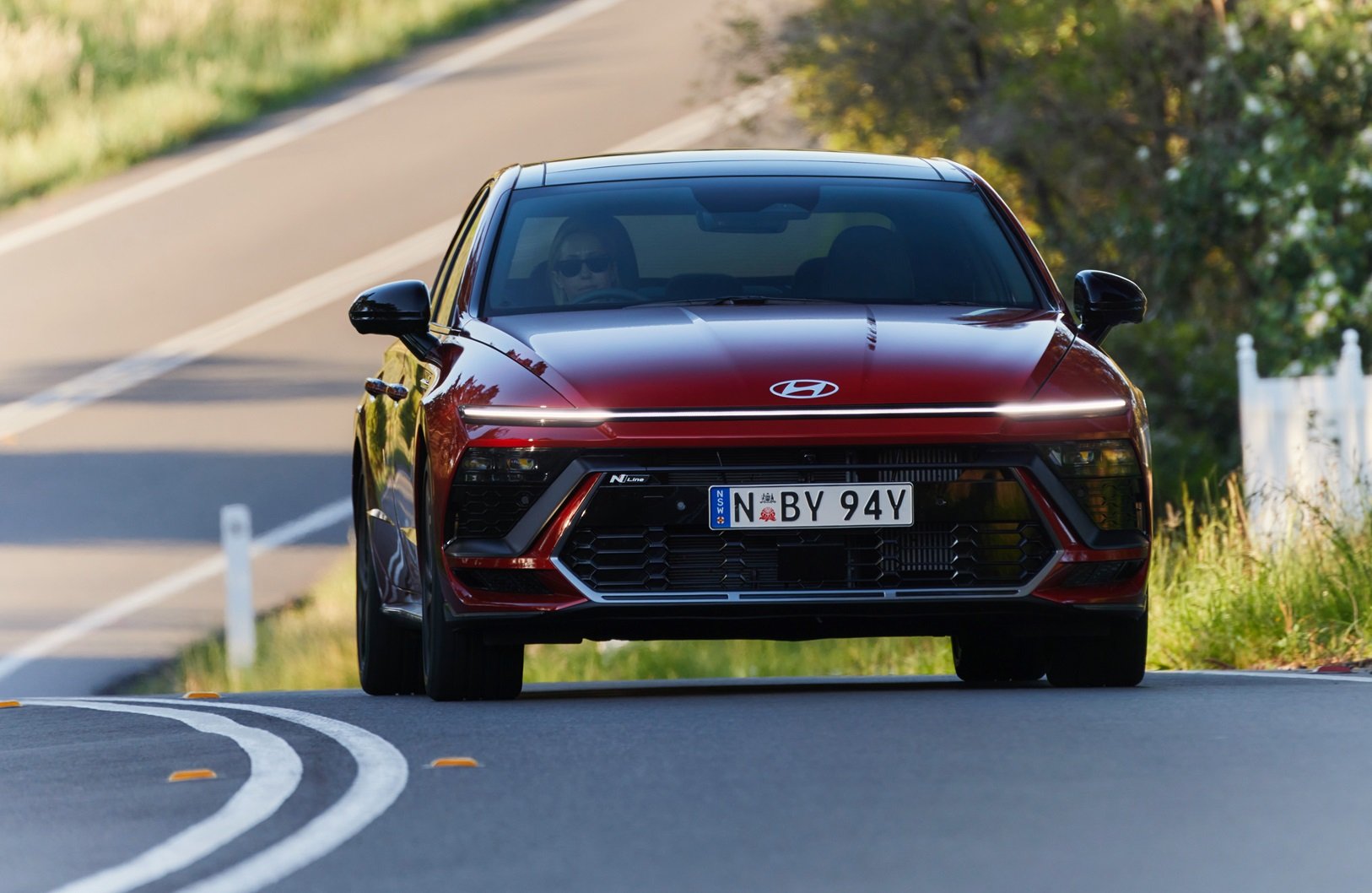
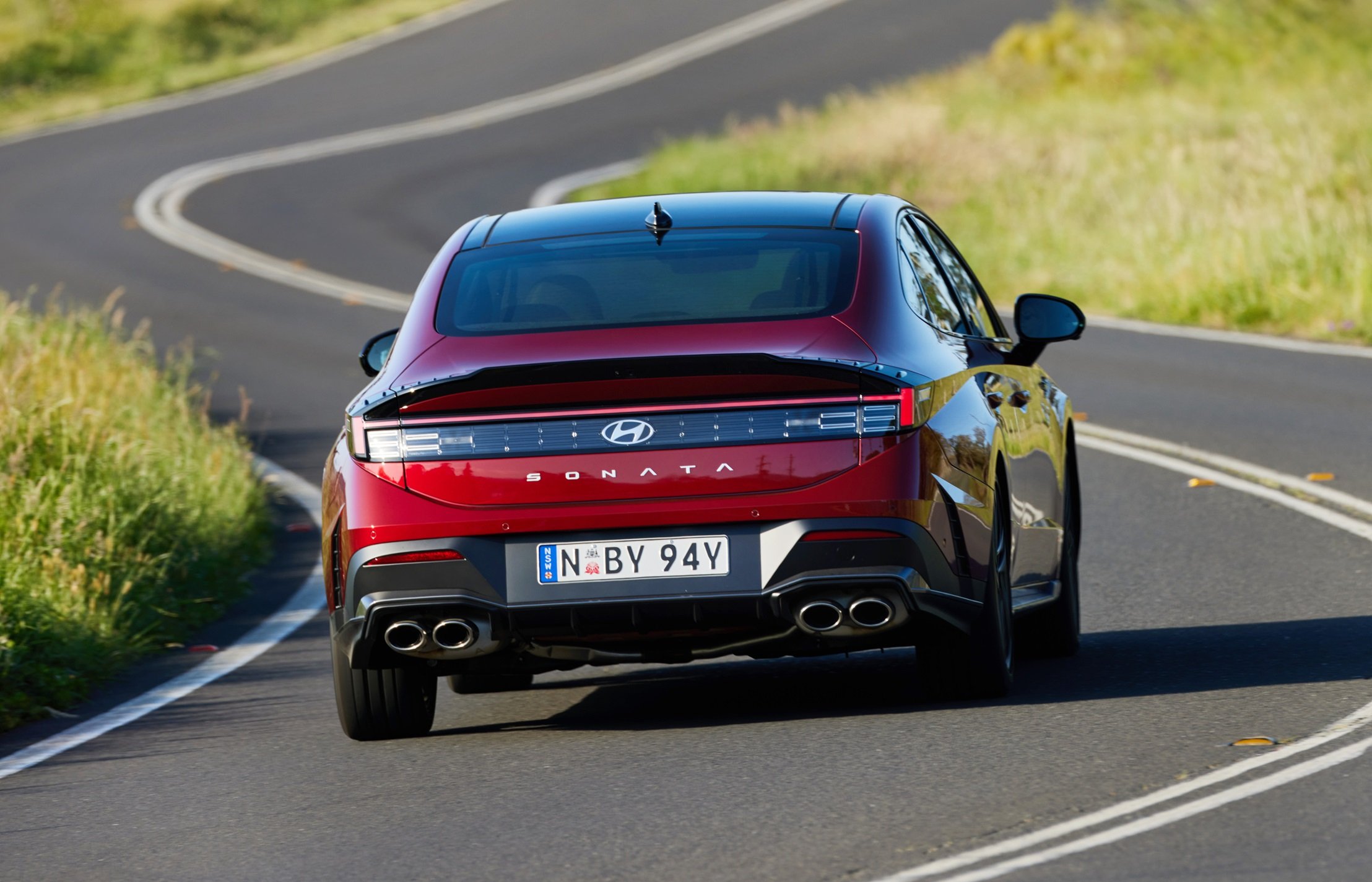
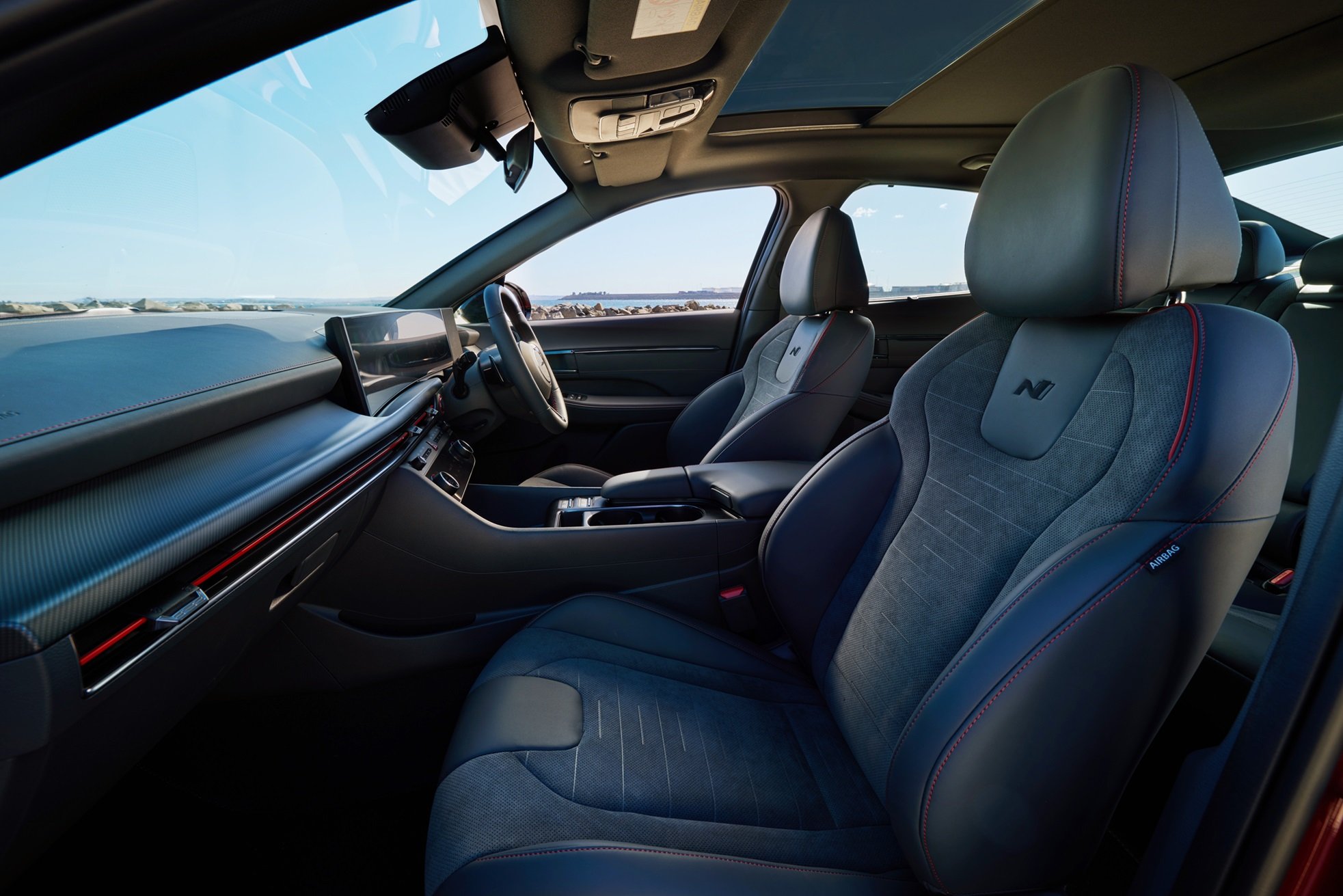

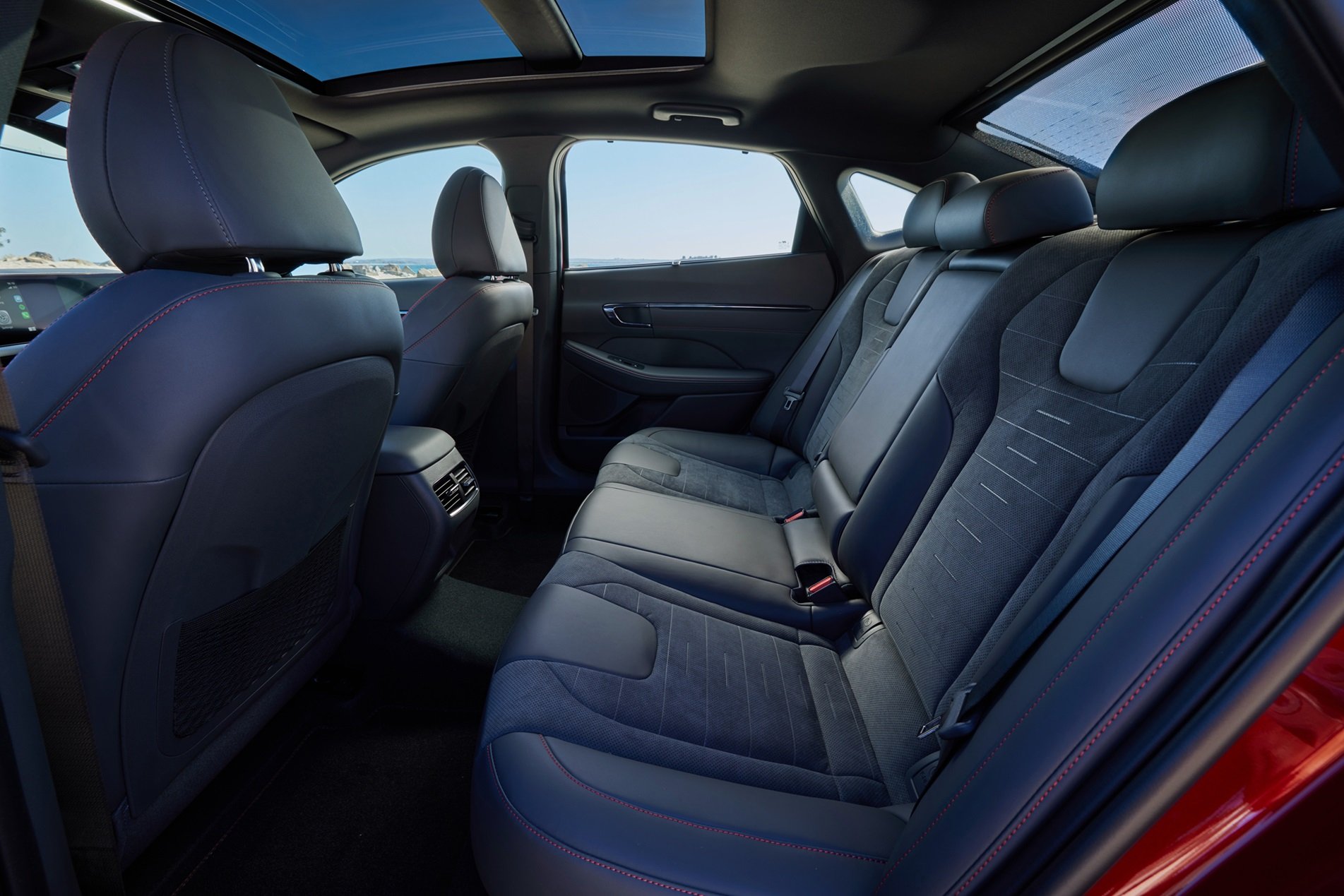

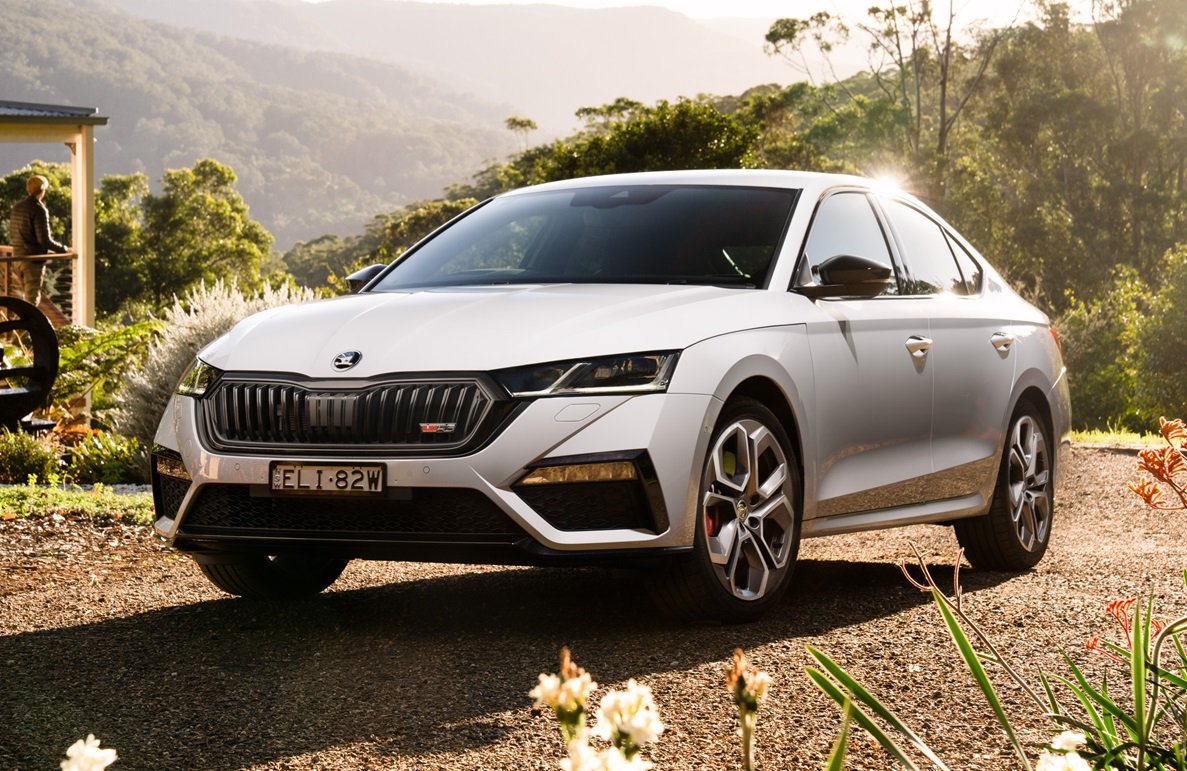
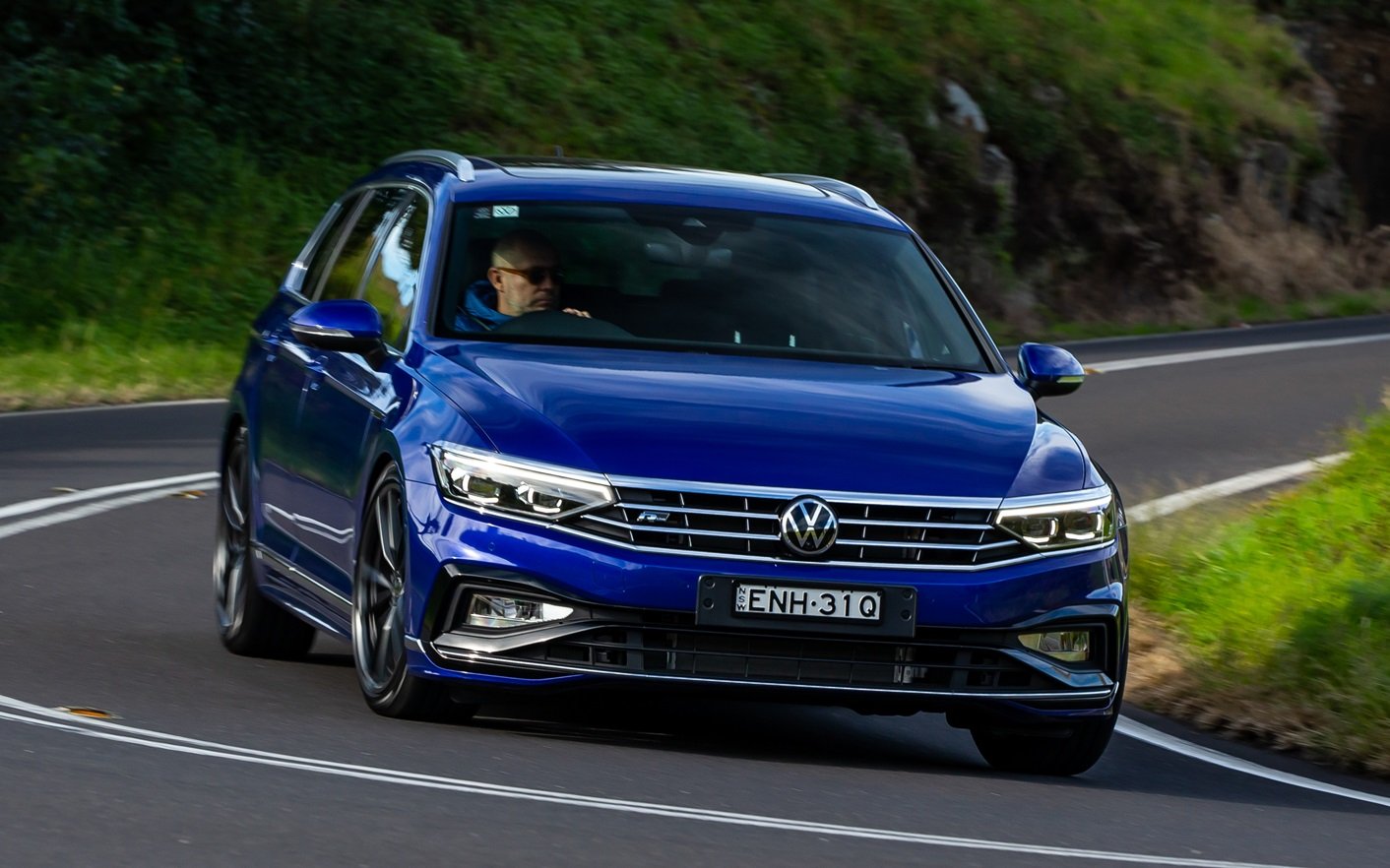
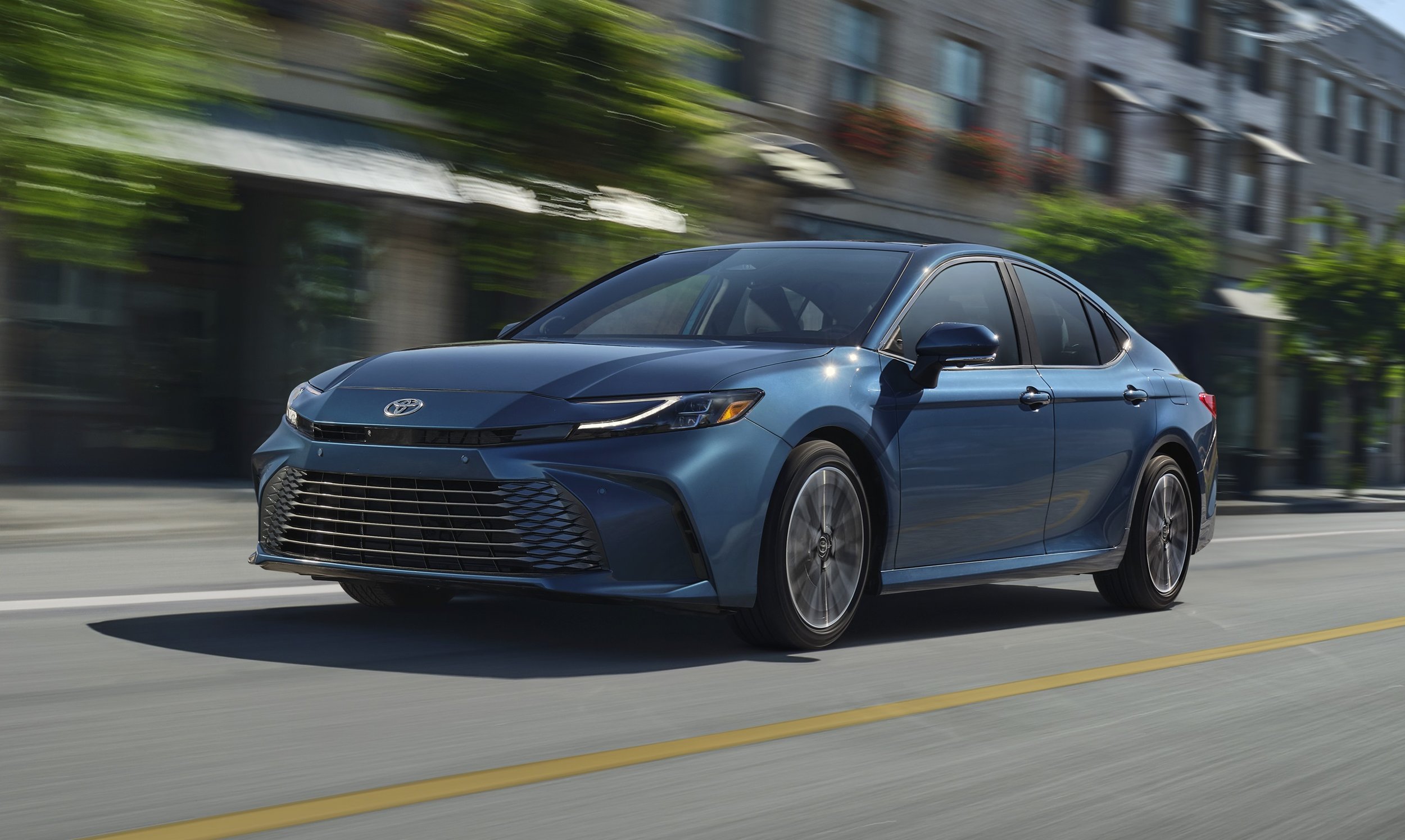

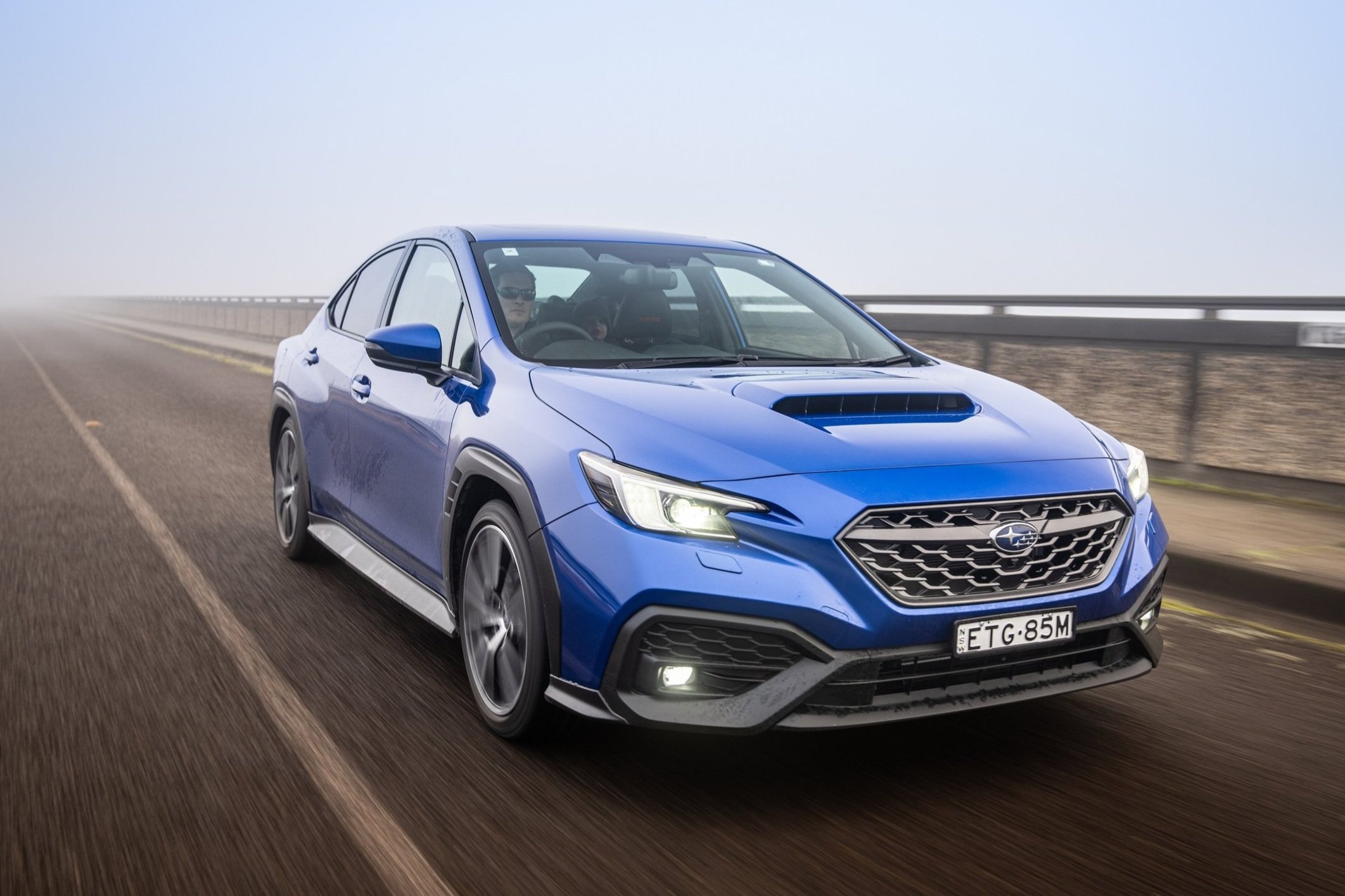







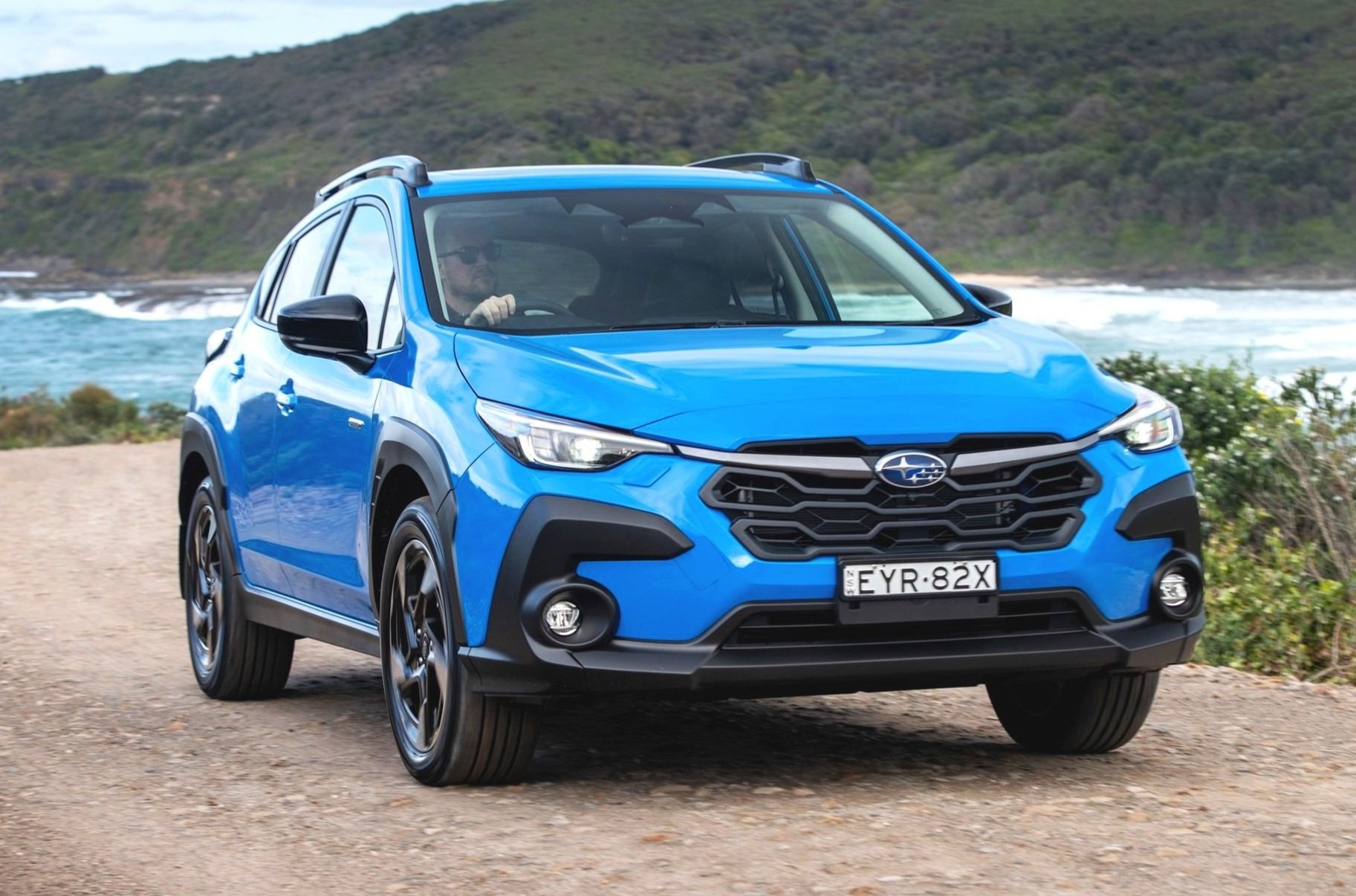
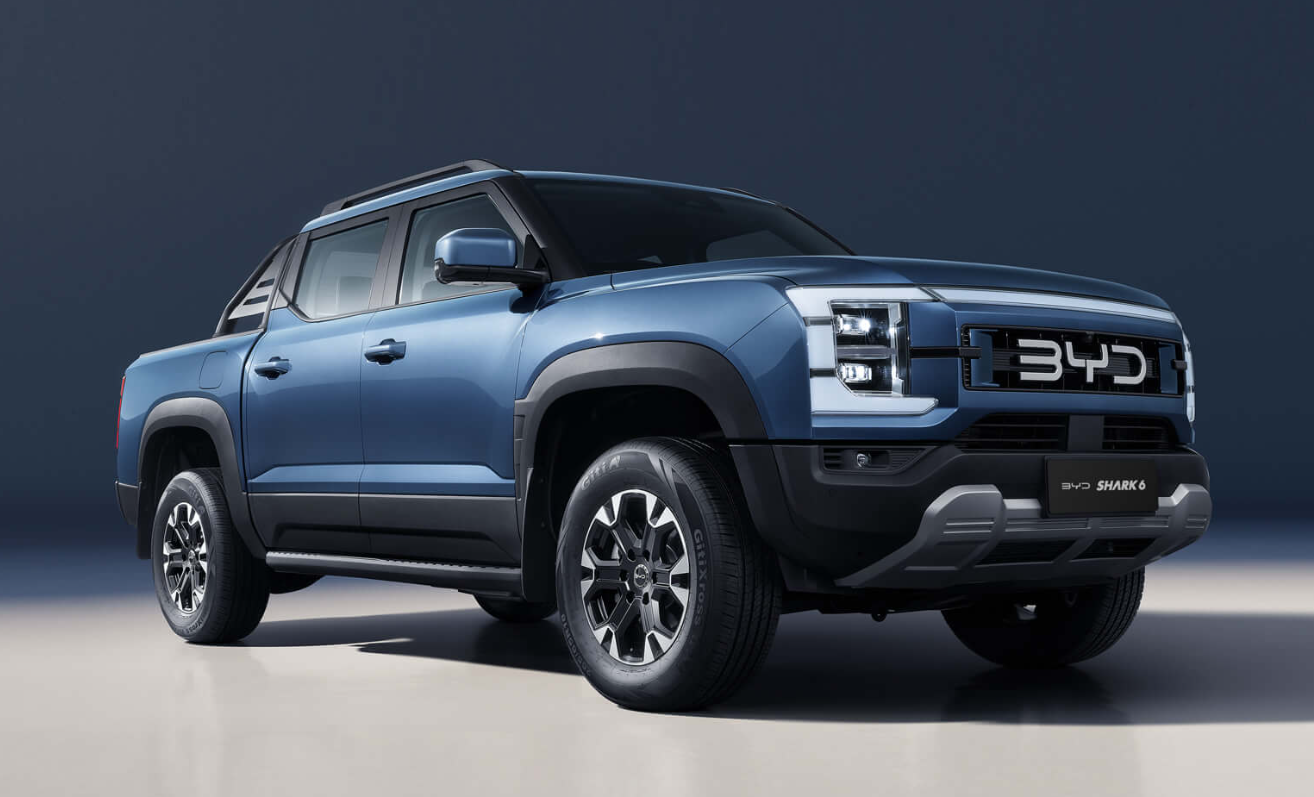



The soft-roading Subaru Forester packs a punch, and is one of the safest, most practical and capable SUVs on sale today. It’s also a great value, nicely driving and popular five-seater - with an all-new version coming soon…